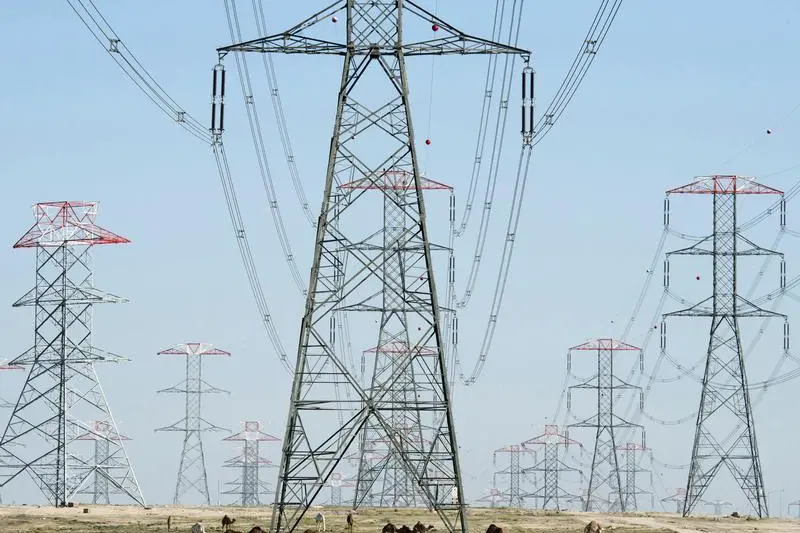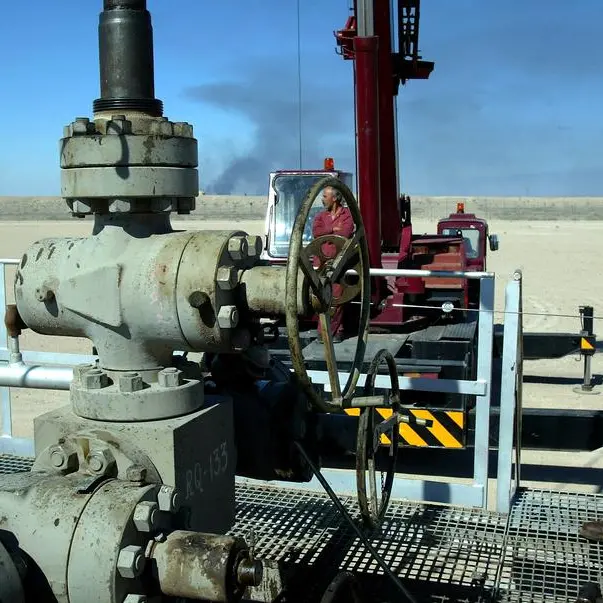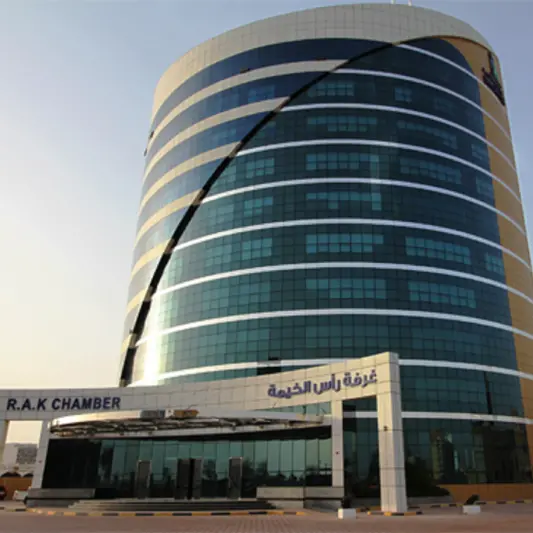PHOTO
Despite the high rate of energy consumption and the fact that it is close to breaking the barrier of 15,000 megawatts, for the first time this summer, as a result of the high temperature that ranges between 48 and 50 degrees Celsius, the Ministry of Electricity, Water and Renewable Energy has a capacity to withstand the country’s needs, especially during the peak time when the rate of consumption reaches record numbers, reports Al-Rai daily.
Meanwhile, the daily quoting ministry sources said, preparations are in the offing to hold a meeting with officials of the Gulf Electricity Interconnection Authority, to discuss strengthening the interconnection lines between Kuwait and Saudi Arabia, and to discuss the project to connect the Gulf electricity system with Iraq. In a related context, the meteorological department’s climate observer, Dr. Hassan Dashti, said that the dust waves that we are witnessing during this June are familiar in the region’s climate every year, as it is the month of the Al- Bawareh winds that also bring in dust during the month of July.
Climate
Dashti added in an interview with KUNA that the desert climate of Kuwait is characterized by the length of the summer season, as it clearly begins with June, and the high air recedes, and the Indian seasonal depression advances as it extends to Africa and continues until the end of September. He pointed to the cessation of rain, the rise in temperatures and the increase in wind speeds, especially the Al-Bawareh winds, which start in late May and is known as “Al Bawareh Al Sagheer” and extends to mid-July with “Al Bawareh Al Kabeer,” which increases dust storms and intensifies the northwestern winds with high temperatures.
He indicated that the wind speed may exceed 90 kilometers per hour, causing dust which causes a decrease in horizontal visibility, and stops the movement of navigation of all kinds, air, sea and land and added, in recent years, the region has witnessed an increase in the frequency of dust storms associated with the Al-Bawareh winds, due to the lack of rainfall, dry soil, lack of vegetation cover and soil fragmentation.
Meanwhile, MEW withdrew 420 megawatts from the estimated daily reserve of 600 megawatts to meet the electricity needs of the public, as the daily consumption rate recently set a new record — 15,040 megawatts; reaching the ‘yellow’ level with a big difference of 876 megawatts compared to the maximum consumption on the previous day when the index recorded 14,164 megawatts, reports Al-Seyassah daily quoting sources from the ministry.
Consumption
Sources clarified that despite the significant increase in consumption, it is still under the expected maximum load of 16,800 megawatts for this summer out of 18,600 megawatts — the total operating capacity of all stations. According to the global temperature index, Jahra recorded the highest temperature with 50 degrees Celsius under the shade, followed by Wafra with 49.7 degrees Celsius. On the other hand, Deputy Head of the Judicial Control Team at the ministry and a member of the Bachelors Committee Ahmed Al-Shammari confirmed that the inspections campaigns are continuing in Farwaniya, Jahra and Capital Governorates.
© 2022 Arab Times Kuwait English Daily. All Rights Reserved. Provided by SyndiGate Media Inc. (Syndigate.info).




















